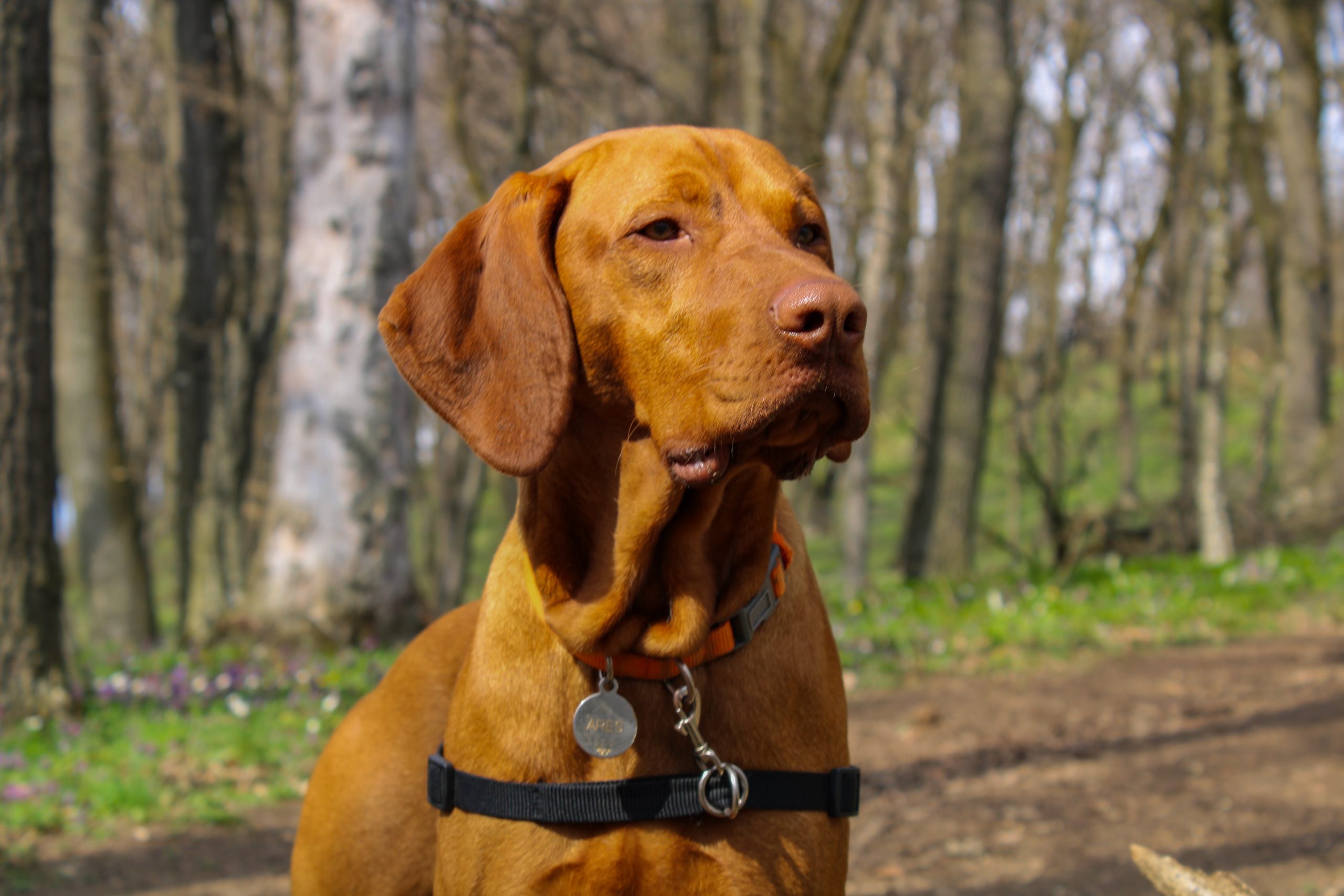The Vizsla, a breed known for its striking golden-rust coat and affectionate nature, is also renowned for its high energy levels and athletic ability. Originally bred as a hunting dog, the Vizsla requires substantial exercise to maintain its mental and physical health. This article will guide Vizsla owners on how much and what type of exercise is best for their canine companions.
1. Assessing Vizsla Exercise Requirements
Vizslas are high-energy dogs that need significant daily exercise—typically 1.5 to 2 hours—to satisfy their vigorous nature. This time should be spread throughout the day with various activities.
2. Benefits of Adequate Exercise for Vizslas
Regular, vigorous exercise helps to keep Vizslas fit, stave off obesity, promote joint health, and minimize potential behavioral problems such as anxiety or destructiveness.
3. Ideal Exercise Types for Vizslas
The best exercises for Vizslas include running, hiking, extended fetch sessions, and swimming. Activities that allow them to stretch their legs and run freely in safe environments are particularly beneficial.
4. Importance of Mental Stimulation
Mental stimulation is as crucial for Vizslas as physical exercise. Incorporating training sessions, agility sports, and nose work can provide the mental engagement they need.
5. Structured Exercise and Training
Structured activities like obedience, agility courses, or tracking can help channel a Vizsla’s energy constructively. Regular participation in such activities can fulfill their instinctual drive and improve discipline.
6. Socialization Through Exercise
Vizslas tend to be sociable and can benefit from exercise that involves interaction with other dogs. This helps in developing their social skills and provides additional mental stimulation.
7. Tailoring Exercise to Your Vizsla’s Age
The exercise needs of a Vizsla will change over time. Puppies require short, frequent play sessions, while adult dogs can handle more intensive exercise. Senior dogs may need their routines adjusted to maintain mobility without overexertion.
8. Recognizing Signs of Over-Exercise
It’s possible to over-exercise a Vizsla, leading to fatigue or injury. Signs include excessive panting, reluctance to continue exercising, and stiffness or soreness afterward.
9. Adapting Exercise in Extreme Weather
Vizslas can be sensitive to extreme temperatures. In hot climates, exercise should be done during cooler times, and in cold weather, they may benefit from a jacket or shorter outdoor sessions.
10. Monitoring Health Through Exercise
Observing your Vizsla during exercise can provide insights into your overall health. Changes in energy levels, gait, or enthusiasm for activity can indicate the need for a veterinary consultation.
Conclusion
The athletic Vizsla needs an engaged and active owner who can provide the level of exercise that the breed requires. A combination of physical activities and mental challenges tailored to the dog’s age and health will ensure a well-rounded and happy Vizsla. Owners should always consult with a veterinarian or a professional trainer to create an exercise plan that suits their Vizsla’s specific needs.
Frequently Asked Questions About Exercising A Vizsla
1. How much exercise does a Vizsla typically need?
A Vizsla generally requires about 1.5 to 2 hours of exercise daily. This active breed needs a combination of physical activity and mental stimulation to meet their energy levels and maintain overall well-being.
2. What are the best types of exercise for a Vizsla?
Vizslas thrive on activities that allow them to run and burn off energy, such as jogging, playing fetch, and participating in dog sports like agility or flyball. They also enjoy interactive activities that challenge their intelligence like advanced obedience training or tracking exercises.
3. Is running a suitable exercise for Vizslas?
Running is an excellent exercise for Vizslas, as they have the stamina for long distances and enjoy the opportunity to explore. Always ensure your Vizsla is on a leash unless you are in a secure area, and start with shorter distances to build up their endurance.
4. How do I know if my Vizsla is getting enough exercise?
A Vizsla getting enough exercise will be relaxed and calm at home, show no destructive behaviors, and maintain a healthy weight. A lack of exercise may manifest as hyperactivity, restlessness, or other behavioral issues.
5. Can Vizslas participate in agility training?
Yes, Vizslas often excel in agility training which provides both the physical exercise and mental stimulation they require. This type of activity taps into their natural agility and intelligence, making it a great outlet for their boundless energy.
6. What kind of mental exercise is suitable for Vizslas?
Mental exercise for Vizslas can include puzzle toys, hide-and-seek games, and learning new tricks or commands. Training sessions that challenge them mentally are as important as physical exercise.
7. How can I exercise my Vizsla in bad weather?
Indoor activities for Vizslas during bad weather can include hide and seek, tug-of-war, and indoor fetch. You can also use treadmills designed for dogs or set up obstacle courses inside to keep them moving.
8. Are there any exercises I should avoid with my Vizsla?
While Vizslas are generally robust, avoid repetitive, high-impact exercises that could stress their joints. Also, in hot weather, be cautious of activities that might cause overheating due to their dense coat.
9. Do Vizslas enjoy water-based exercises?
Many Vizslas enjoy swimming, which is a good low-impact exercise option that can be particularly beneficial for older dogs or those with joint issues. Always supervise your Vizsla around water to ensure safety.
10. How should I adjust my Vizsla’s exercise routine as it ages?
As Vizslas age, they may require less intensive exercise. Gentle walks, shorter play sessions, and swimming can keep them active while minimizing stress on their aging bodies. Continue to engage them with mental exercises to keep their minds sharp.

 Toledo, United States.
Toledo, United States.